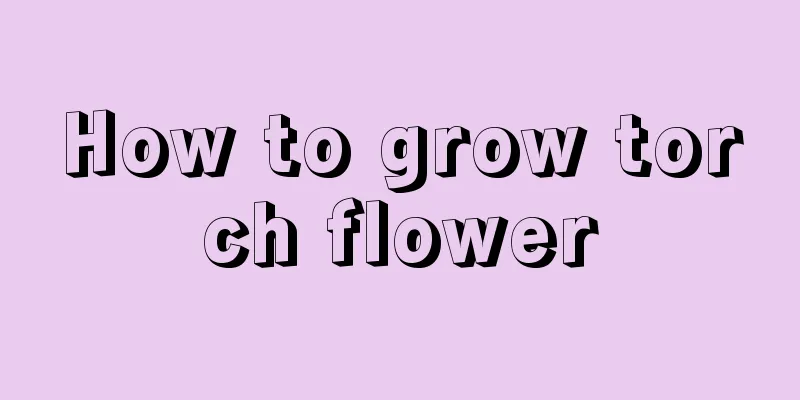The Flower Language and Cultural Legends of Caragana

Flower language of CaraganaThe flower language of Caragana is modesty, humility, elegance and neatness. Caragana is a large upright shrub in the genus Caragana. Its bright yellow flowers are extremely beautiful. It is suitable as an decorative tree species planted in lawns, rockery, corners, poolside, river beaches, etc. It can also be used as a hedge. But its flower language is words like modesty, humbleness, elegance and neatness, which make the Caragana seem more reserved and lovely. People who like this flower or are blessed by this flower: You are kind-hearted by nature, friendly to others, and easier to be accepted by others. You are very organized and efficient in your work. Whenever you achieve a small achievement, you feel touched by yourself, which makes you very lovable. It would be better for you to show some initiative occasionally. Cultural legends of CaraganaIn the Qing Dynasty, Chen Haozhi's Hua Jing, Volume 3, Flower and Tree Classification, there is such a passage: The broom has branches and twigs like those of forsythia, and leaves like those of locust trees but with small thorns. It blooms yellow flowers in mid-spring, which are pointed in shape and have two petals that open to the side, making it look as lovely as a flying bird. When the flowers are blooming, pick the ones with whiskers on the roots and plant them in a shady place and they will survive. Blanch it in salt water and make tea. (Note: Broom is a genus of Caragana in the Fabaceae family. It is an evergreen shrub with palmate compound leaves, which are formed from three leaflets and have no tendrils. There are one or two flowers, which grow in the leaf axils. The corolla is butterfly-shaped and golden in color. The name can be found in "Qunfang Pu", and another name is yellow broom flower, which can be found in "Compendium of Materia Medica Supplement". Another name is flying phoenix, which can be found in "Jiaxing Prefecture Records".) The gorse mentioned in the original text should be what is now called Caragana. According to the description in the article, "the branches and twigs are like those of forsythia, the leaves are like those of locust trees but with small thorns, and the yellow flowers bloom in mid-spring. They are pointed in shape and have two petals that open to the side, looking as lovely as a flying bird." This is also referring to Caragana. From this we can see that Caragana has already shown its presence in history, and the article also points out that Caragana has many uses. Yes, Caragana has shown its abilities very early on. |
<<: Where to see the Tiannv flower
>>: The efficacy and function of olive flowers
Recommend
When is the best time to plant potatoes?
Potatoes are also called sweet potatoes, or yam, ...
Which is easier to grow, the fortune tree or the money tree?
There is a certain difference between rosemary an...
When is the best time to plant watermelons in the south?
Watermelon is a very popular fruit . In China'...
How to grow Schefflera in autumn
1. Replace the soil In autumn, you can observe th...
What to do if the leaves of dahlia wilt
1. Reasonable lighting Reason: If dahlias are pla...
When is the survival rate of camellia cuttings high (how long does it take for camellia cuttings to take root)
When is the best time for camellia cuttings to su...
How long does it take for rice water to ferment before watering flowers? Will watering flowers breed insects?
1. How long does it take to ferment? Rice water c...
What pots should I use to grow Clivia?
1. Choose the material of the flower pot 1. Clay ...
What are the cultivation methods and precautions of Long Xuelan?
Long Xuelan Introduction Long Xuelan belongs to t...
Atractylodes macrocephala planting technology and methods
Atractylodes macrocephala, as a traditional Chine...
Is it good to use river water to water flowers? The correct way to water flowers with river water
Is it okay to water the flowers with river water?...
Why do the leaves of mulberry peony turn yellow?
1. Why 1. If too much water is given on a daily b...
Cultivation methods and precautions of Dendrobium officinale
1. Maintenance methods 1. Flower pots: The requir...
Cultivation methods and precautions of Globe amaranth
1. Lighting It likes light, so it needs to be pla...
Is it better for peace trees to be in a deep or shallow pot?
Is the peace tree suitable for a deep or shallow ...









